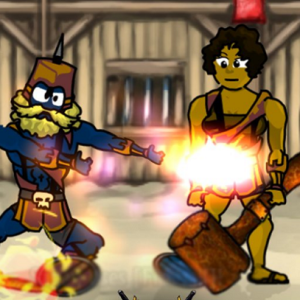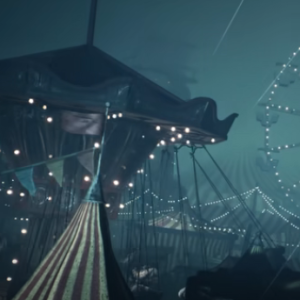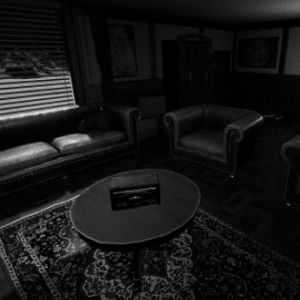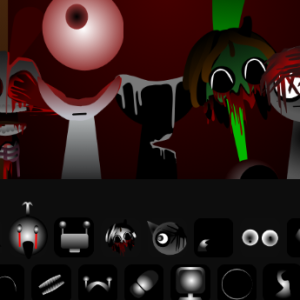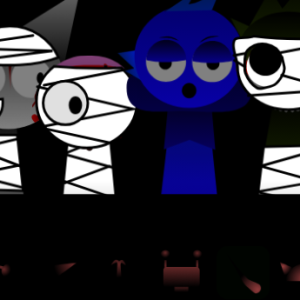Similiar games
Let’s Find Larry is a browser-based horror experience that starts off as a simple hidden-object game but quickly reveals a deeper and more disturbing design. Players are tasked with locating a character named Larry in a series of still images. At first, the scenes seem playful and harmless—parks, streets, cluttered rooms—but as the levels continue, the tone begins to shift. Subtle distortions, strange shadows, and unsettling background elements begin to creep in, changing the atmosphere entirely. The game avoids direct storytelling, instead inviting the player to interpret its eerie visual cues and draw their own conclusions about what is really happening.
From Lighthearted Puzzle to Quiet Unease
While the core mechanic never changes—you click to find Larry—the emotional experience evolves dramatically. There’s a sense of play at first, the kind of hide-and-seek challenge you might expect from a nostalgic kids’ game. But soon, the fun turns into discomfort. Larry starts appearing in locations that feel off, surrounded by unsettling imagery or hidden in ways that don’t quite make sense. The further you go, the more the game seems to question your role as the player. Why are you looking for Larry? Who is he really? The game never tells you outright, but the background details begin to suggest darker truths.
What You Might See While Searching
- Static and glitch effects that distort the screen
- Unexpected characters watching from corners
- Notes or graffiti that hint at danger
- Objects like knives or ropes placed oddly in scenes
- Sudden flickers of light or sound without explanation
A Slow Descent Into Something Unfamiliar
Let’s Find Larry doesn’t rely on traditional horror tropes to build fear. It uses pacing, visual changes, and a growing sense of wrongness. What makes it unique is how it plays with expectation. The player begins with the comfort of something familiar—a search game with simple controls and cartoonish design. But soon, that familiarity is used against them. By the time players notice how strange things have become, the tension has already taken hold. You might find yourself staring longer at each scene, wondering what’s hiding behind the next click, unsure if you want to know.
As the experience reaches its end, players realize that Let’s Find Larry was never just about finding a character. It becomes a quiet exploration of uncertainty and fear, where the real story is told through what’s unsaid and unseen. The imagery sticks with you after the game ends, not because of violence or shock, but because of how it gradually distorts your sense of safety. It’s a game about looking, questioning, and realizing that sometimes, the answers you find are the ones you didn’t want.






